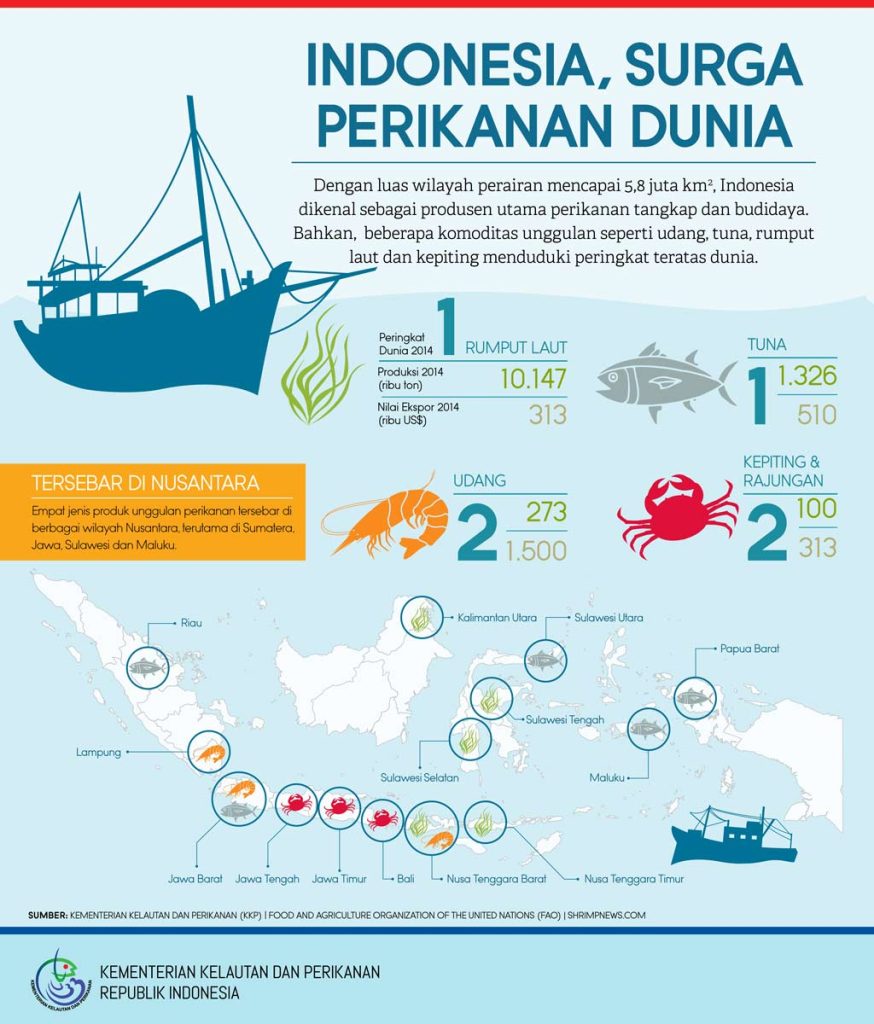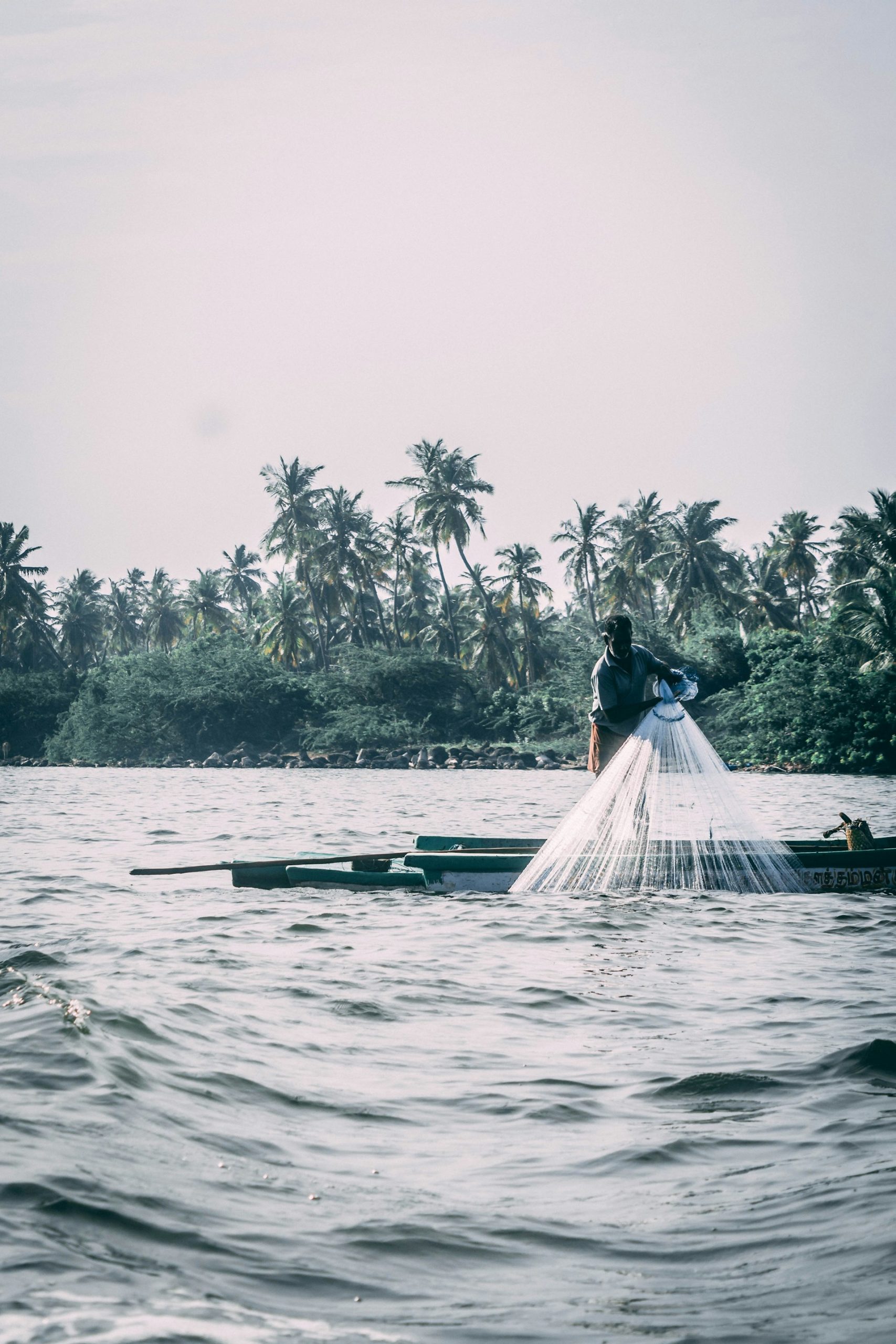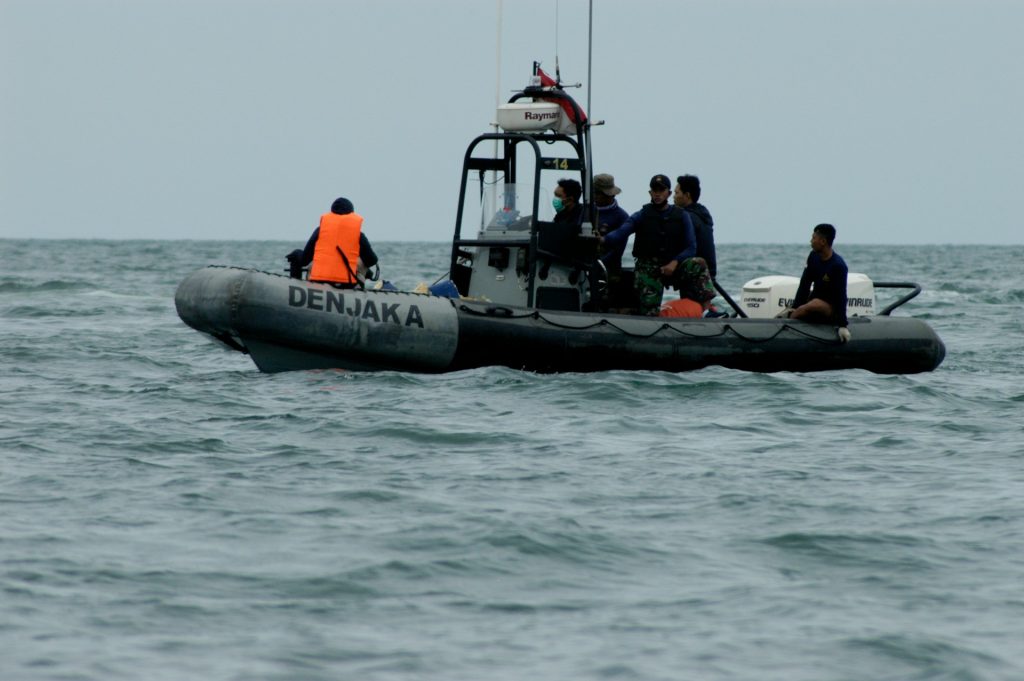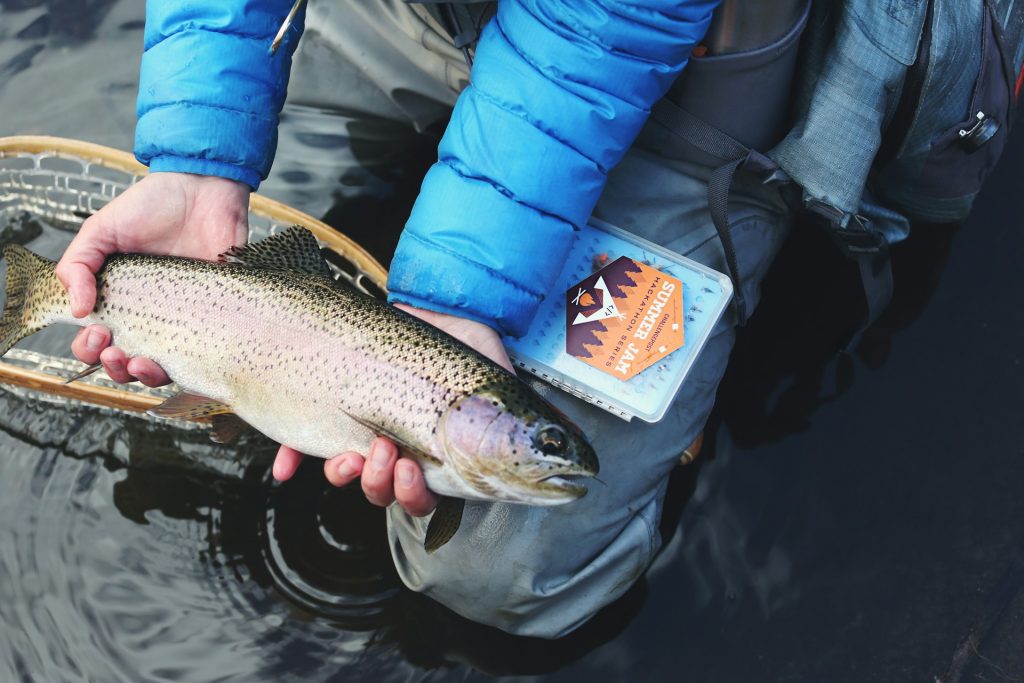
INDONESIA | THE WORLD FISHING PARADISE
Indonesia is the second largest producer of marine fish after China, with the fish production can reach 5 million tons every year.
The areas with the highest production are Laut Jawa, Selat Karimata, Natuna, Laut China Selatan, Selat Makassar, Teluk Bone, Laut Flores and Laut Bali.

how to maintain the sustainability
In our vast oceans, there is a fragile balance of life.
In these waters, countless species thrive, supporting ecosystems that are important for the health of our planet.
However, this balance is threatened because human activities have a negative impact on marine resources.
Now, more than ever, it is important that we take action to safeguard the sustainability of our oceans and fisheries.
Through careful management and collective effort, we can ensure that future generations will inherit a world where the ocean's riches survive.
Join us on a journey to explore the steps needed to conserve the richness of the ocean and safeguard the livelihoods it sustains.
This is a story of hope, resilience, and the power of conservation in the face of adversity
This is a story about how to maintain sustainability in our oceans
Explore Now
Ensuring the sustainability of fishing involves several key measures:

Sustainable Management
Implementing policies for sustainable fisheries management is crucial. This includes setting wise catch quotas, enforcing laws against illegal fishing practices, and restricting destructive fishing gear
Monitoring and Research
Continuous monitoring of fish populations and marine ecosystems is essential. In-depth research on fish reproduction behavior, migration patterns, and marine ecology also helps develop more effective management strategies


Establishment of Marine Protected Areas
Establishing marine protected areas or marine reserves to safeguard critical habitats such as coral reefs, seagrass beds, and fish spawning grounds is an effective step in fisheries sustainability
Education and Public Awareness
Education on the importance of conserving marine resources and raising public awareness of the impacts of unsustainable fishing practices are crucial. This way, communities become more engaged in conservation efforts.

